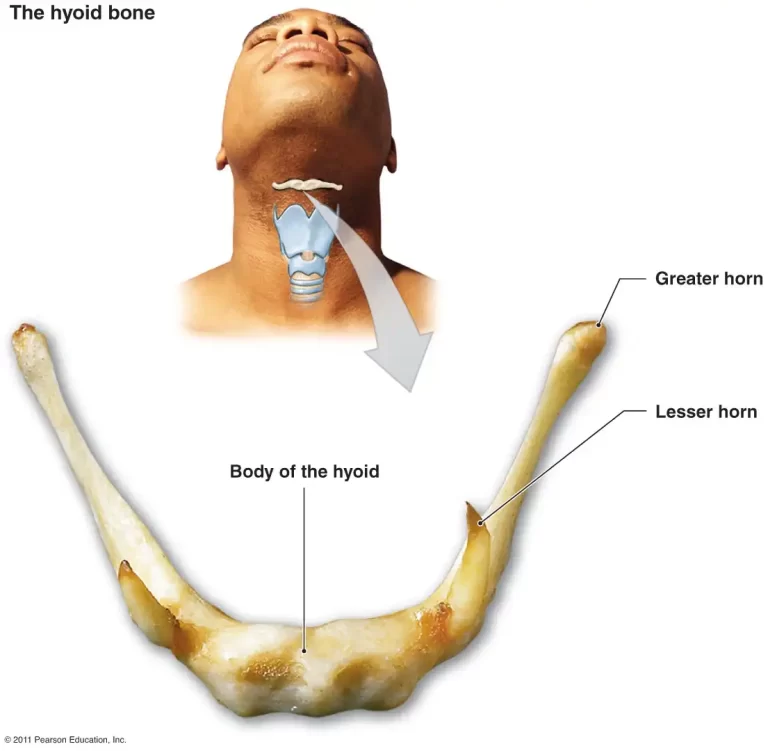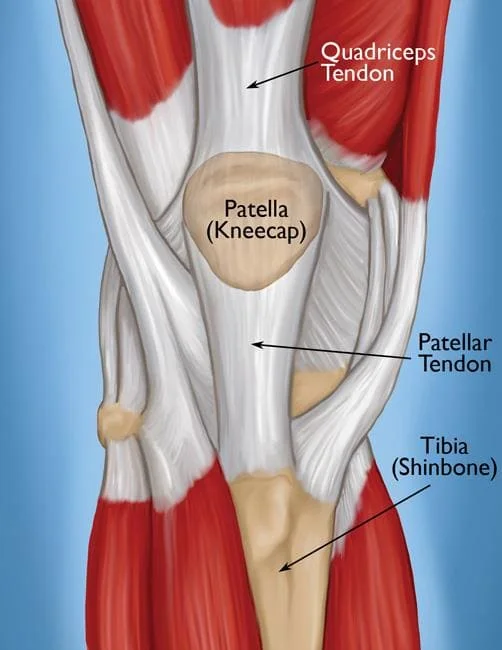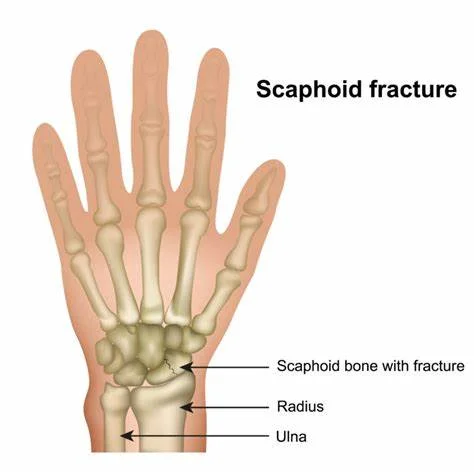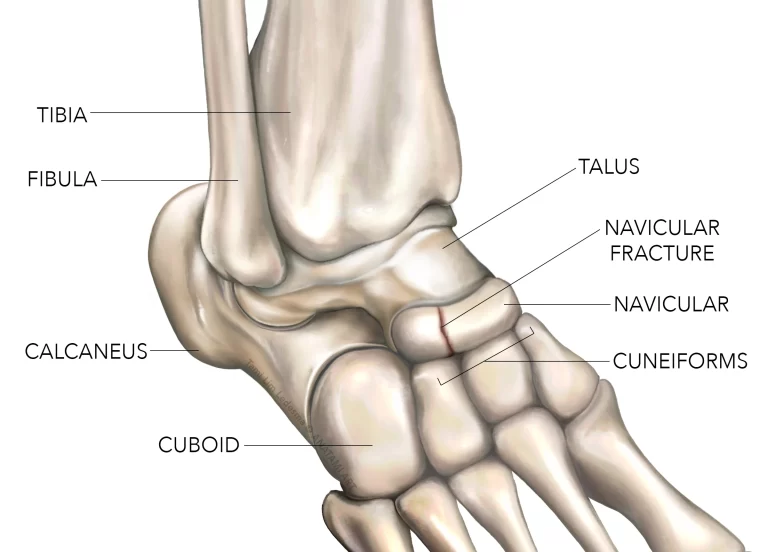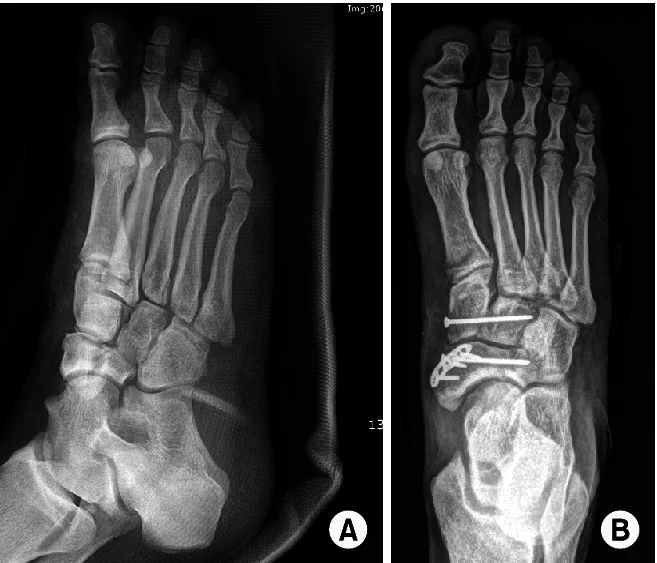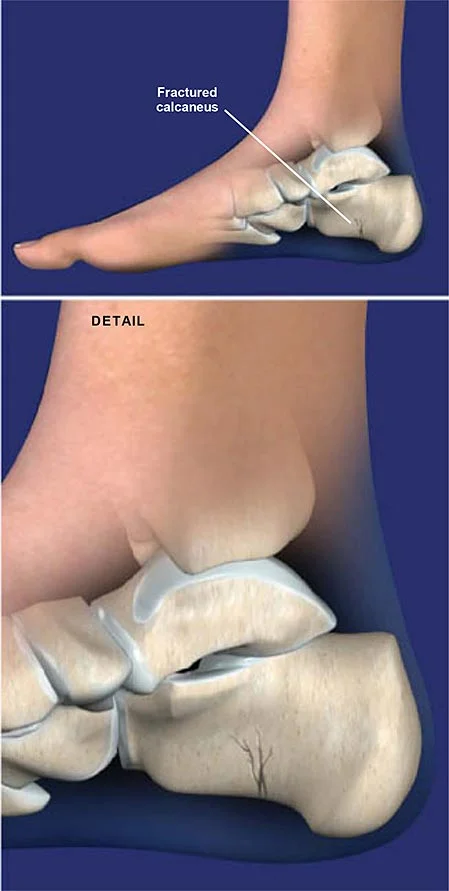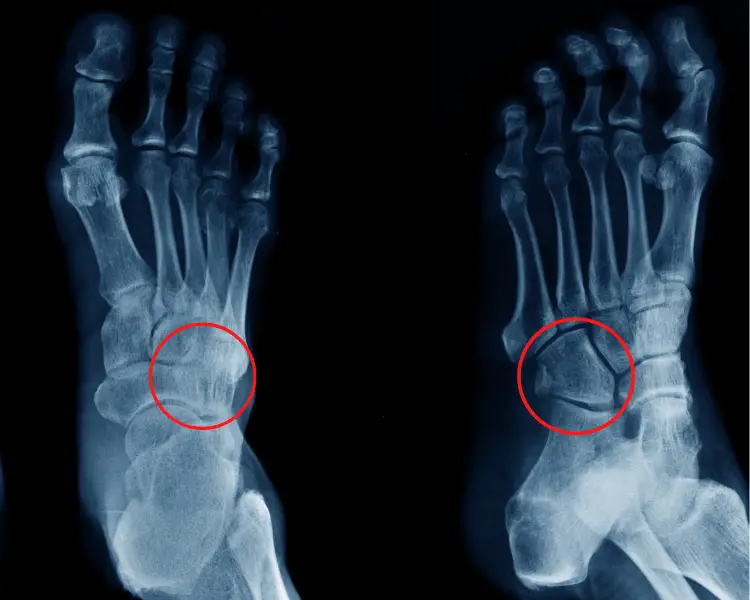Hyoid Bone
Introduction The hyoid bone is a small, U-shaped bone located in the upper neck of humans and other mammals. Despite its diminutive size, the hyoid plays an integral role in swallowing and speech. This unique bone has mystified anatomists and evolutionary biologists due to its distinctive shape and placement within the body. As the only…

